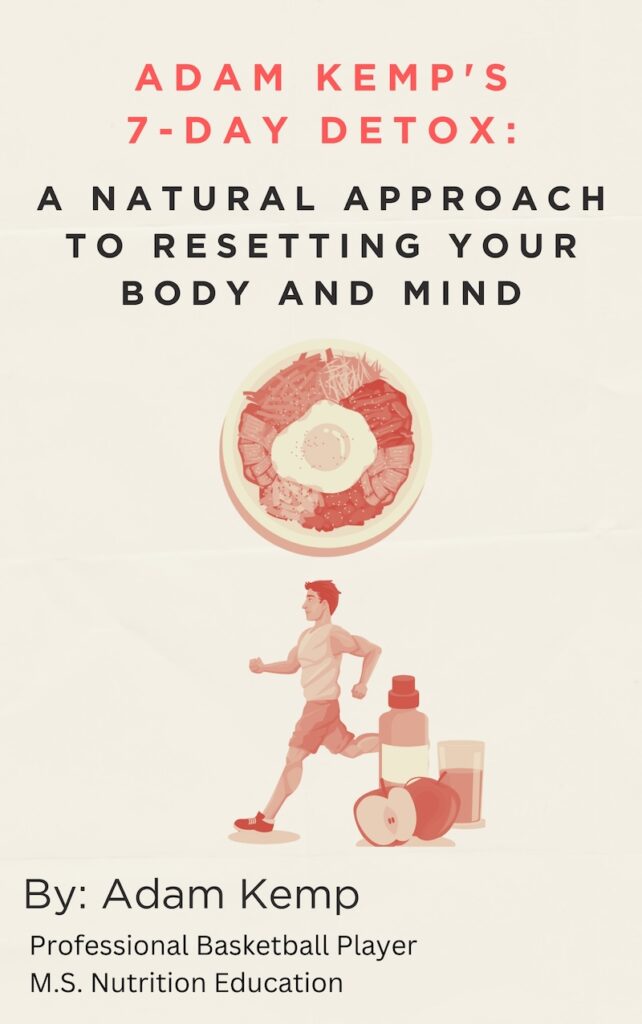Are Halo Hair Extensions Right for You? Here’s How to Choose the Best Option
Halo hair extensions have become a favorite solution for women who want fuller, longer hair without the discomfort of clips or glue.
They are especially useful for active women who need hair that looks great but also stays comfortable during workouts, long days, and movement-filled routines.
Athletes and other health-conscious individuals often prioritize comfort and confidence, and the right halo hair extension length can support both.
A balanced length helps the extensions blend seamlessly with natural hair while avoiding unnecessary scalp tension.
Many women feel more confident in the gym or during training when their hair looks healthy and well-controlled, which can naturally increase motivation and enjoyment of exercise.
Research shows that appearance satisfaction has a meaningful influence on exercise adherence, making hair comfort and style more relevant to wellness than most people realize (Homan & Tylka, 2014).
Choosing halo hair extensions that fit your lifestyle is about more than appearance.
The length affects scalp comfort, neck posture, heat retention, sweat management, and overall ease of movement.
Selecting the right length ensures the extensions feel natural, whether you are training, working, or having a busy day.
The following guide explains how to choose the best halo hair extension length for your hair type, activity level, and lifestyle.
Understanding Halo Hair Extensions and Standard Lengths
Halo hair extensions rest on a thin, nearly invisible wire that sits around the crown of the head.
They add fullness and length without the need for clips, braids, or adhesives, which makes them ideal for active women who want easy removal and minimal scalp tension.
Standard lengths typically range from 12 to 30 inches.
Shorter halos like 14-inch options fall just below the shoulders, while 20- to 24-inch halos reach the mid-back or lower.
Very long options can reach the waist or hips.
Straight hair always shows the full measured length.
Wavy or curly textures appear several inches shorter due to natural shrinkage.
For example, a 20-inch curly halo may look closer to 16 or 18 inches once blended with natural curls.
This is why those with textured hair often size up if they want a specific visual length.
Why the Length of Halo-Hair Extensions Matters

Halo hair extensions are not only about style but also about how well they fit into everyday movement patterns.
Longer extensions add drama and flow, but they also add weight.
This can influence comfort during exercise, posture during lifting, and heat regulation during cardio.
Heavier hair naturally applies more downward force on the neck.
Research on cervical loading shows that even relatively small increases in head weight can increase trapezius and neck muscle activation, eventually contributing to tension and fatigue (Johnston et al., 2008).
Choosing a length that matches your activity level helps maintain neck comfort and reduces the risk of training disruptions.
Shorter options are ideal for gym-goers who train frequently.
Longer options suit individuals who want maximum length for photos, events, or low-movement days.
Understanding the relationship between scalp comfort, hair weight, and training habits helps you choose a length that feels natural while supporting your wellness goals.
How to Measure Your Hair Correctly for a Seamless Blend
Accurate measurement is essential for a natural transition between your hair and your halo.
The best measuring point is one inch above the ear, where the halo typically sits.
Use a soft tape measure and measure downward to the end of your natural hair.
Dry hair provides the most accurate length because wet strands stretch slightly, which can lead to an incorrect measurement.
If you want to visualize different halo lengths, hold the tape at the same starting position and extend it to your desired length, such as 18 or 22 inches.
Taking a quick photo helps you compare options later and simplifies your decision.
Factors That Influence the Right Halo Hair Extension Length
Choosing the right halo length depends on several personal factors.
These include height, natural hair density, texture, and your daily routine.
Height affects how long any extension appears.
A 20-inch halo will look longer on someone shorter, while taller individuals may prefer 22 to 24 inches to achieve the same visual effect.
Hair density also matters.
Fine hair blends best with shorter or medium-length halos because long, heavy extensions can look separated.
Thick hair supports longer lengths without appearing uneven.
Style preference should guide your final decision.
- Lengths between 14 and 16 inches add natural fullness.
- Lengths from 18 to 22 inches produce noticeable changes.
- Anything above 24 inches creates a bold, dramatic look.
If your natural hair is short, short hair halo extensions offer the most balanced blend.
They add fullness without overwhelming the style or creating visible separation at the ends.
Matching Extension Length to Face Shape and Hair Type
Face shape influences how different lengths frame your features.
- Round faces look more balanced with lengths that fall below the chin, creating a slimming effect.
- Square faces benefit from layers that soften the jawline, while oval faces can wear nearly any length comfortably.
Hair type also plays a major role in blending.
- Fine hair looks more natural with shorter, lighter halos such as 14–16 inches.
- Thick or coarse hair can support longer lengths like 20–24 inches without looking top-heavy.
- Curly or coily textures shrink significantly, so many individuals with textured hair size up to achieve their desired length. A 20-inch halo may appear several inches shorter once curls form.
A good match blends texture, thickness, and facial balance to create a smooth transition.
Choosing the Best Halo Hair Extension Length for Training and Movement
This is the part most beauty guides never discuss, but the part that matters most to active women.
Exercise involves rapid acceleration, deceleration, rotation, and sweating.
Hair that is too long can whip, tangle, or pull on the scalp, which creates discomfort during workouts.
Long halos may also trap heat near the neck, making cardio or hot environments feel more intense.
Short to mid-length halos are ideal for:
- Strength training
- Pilates
- Cycling
- Walking
- Low-impact conditioning
Longer lengths can work for:
- Light stretching
- Upper-body dominant sessions
- Photo days or low-sweat workouts
Those who perform explosive or high-movement activities such as sprints, plyometrics, or HIIT should consider shorter lengths.
This improves comfort and minimizes scalp strain.
Healthy Scalp, Neck, and Posture Considerations
Choosing the proper halo length helps maintain neck health and scalp comfort.
Long, heavy hair can contribute to an added load on the cervical spine.
This is especially relevant for athletes recovering from neck issues, shoulder tightness, or concussion symptoms.
Keeping the hair lightweight supports better posture during lifting and improves overall training form.
It also reduces the risk of unconscious neck tilting, which can create imbalances over long training cycles.
For individuals with sensitive scalps, thinner wefts or shorter lengths reduce pressure and eliminate discomfort during daily wear.
Lifestyle, Maintenance, and Daily Comfort
Shorter halo lengths require minimal maintenance and dry quickly.
They suit busy schedules, frequent training, and individuals who want low-effort hair routines.
Longer halos require more brushing and careful storage to prevent tangling.
They look stunning for events or photos, but may not be the best everyday choice for those with active routines or hot climates.
Comfort should guide your final decision.
A lightweight halo that blends naturally will always feel better than a heavy halo that looks dramatic but strains your scalp.
Nutritional Foundations for Healthy Hair
Healthy, natural hair helps halo hair extensions blend more seamlessly.
Essential nutrients like protein, zinc, omega-3 fatty acids, and antioxidants support hair structure and resilience.
Athletes may benefit from slightly higher protein intakes because exercise increases tissue turnover, including hair and skin regeneration.
A well-rounded diet improves the look of both your natural hair and your extensions.
For individuals who sweat heavily during training, proper hydration and regular scalp cleansing help maintain healthy follicles and extension longevity.
Nutrition and hair health are deeply connected, so supporting your diet supports your overall style.
Final Thoughts: How to Choose the Right Halo Hair Extensions for Your Needs

Choosing the right length for halo hair extensions is about understanding proportion, comfort, daily movement, and personal style.
The right length blends naturally with your hair and supports your active lifestyle without discomfort.
Many people find that halo extensions that are 4 to 6 inches longer than their natural hair create the most seamless effect.
Shorter halo options provide fullness and comfort for daily training.
Longer choices offer greater length but require more maintenance and weigh more.
When the length aligns with your height, activity level, and hair texture, the result feels secure, natural, and supportive of your wellness-focused lifestyle.
This website does not provide medical advice. This website site does contain affiliate links, and purchases may earn a commission.
Read my Medical Disclaimer, Review Disclaimer, and Publishing Policies for more details. Use of this site indicates acceptance of these terms.



